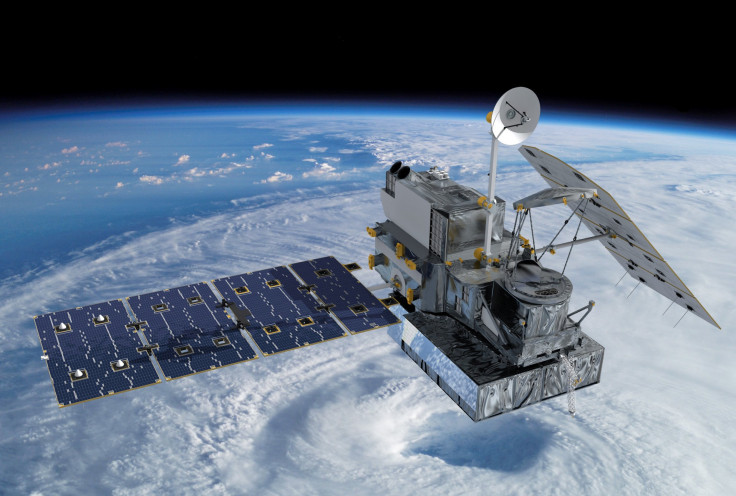GPM Satellite Launch Live Stream: Watch The NASA AND JAXA Global Precipitation Measurement Mission Here [VIDEO]

NASA and the Japan Aerospace Exploration Agency's Global Precipitation Measurement mission is being launched Thursday. The satellite will be rocketed into orbit from JAXA's Tanegashima Space Center and the live stream begins at noon EST with the launch window starting at 1:37 p.m.
.@NASA_Rain #GPM's rocket is seen today as we proceed toward a 1:37pm ET launch. The loading of propellant has begun. pic.twitter.com/mLm1PqfpuA
— NASA (@NASA) February 27, 2014The GPM Core Observatory satellite will be used to measure snow and rain around the world. Using data from partner satellites already in orbit and bolstered by future satellite launches, researchers will be able to track when, where and how much rain or snow falls throughout the world and to take measurements every three hours.
Ahead of the launch, the space agencies completed final checks at the Tanegashima Space Center on a small island off Japan, including a last-minute review of weather conditions, launch facilities and the H-IIA rocket, reports NASA. The launch vehicle has been filled with propellant and has been rolled out to the launch pad.
The GPM mission launch will take place in Japan but it will be a coordinated effort with the Mission Operations Center at NASA's Goddard Space Flight Center in Greenbelt, Md., that spans day and night. It will be 3:37 a.m. Japan Standard Time when the launch window opens.
According to NASA, the GPM Core Observatory will carry two instruments to track rain and snow around the world. The Japanese-built Dual-frequency Precipitation Radar and the American-built GPM Microwave Imager will be used to peer through the clouds and measure tiny particles of precipitation. The DPR instrument measures ice and light rain particles to create 3D precipitation models to look inside a storm, while the GMI instrument can track total precipitation through all cloud layers. With the data collected by the two instruments, scientists will be able to observe snowflake and raindrop distribution within a cloud as well as the size of each particle.
GPM team member Chuntao Liu, assistant professor of atmospheric science at Texas A&M University-Corpus Christi, said in a statement, "This satellite mission is one of the largest Earth science projects by NASA."
Aboard the H-IIA rocket, the GPM satellite will travel 253 miles (407 kilometers) above the surface of the Earth and orbit at a 65-degree angle to the equator.
The GPM satellite launch live stream begins at noon EST with the launch scheduled for 1:37 p.m. EST.
Live streaming video by Ustream© Copyright IBTimes 2025. All rights reserved.






















